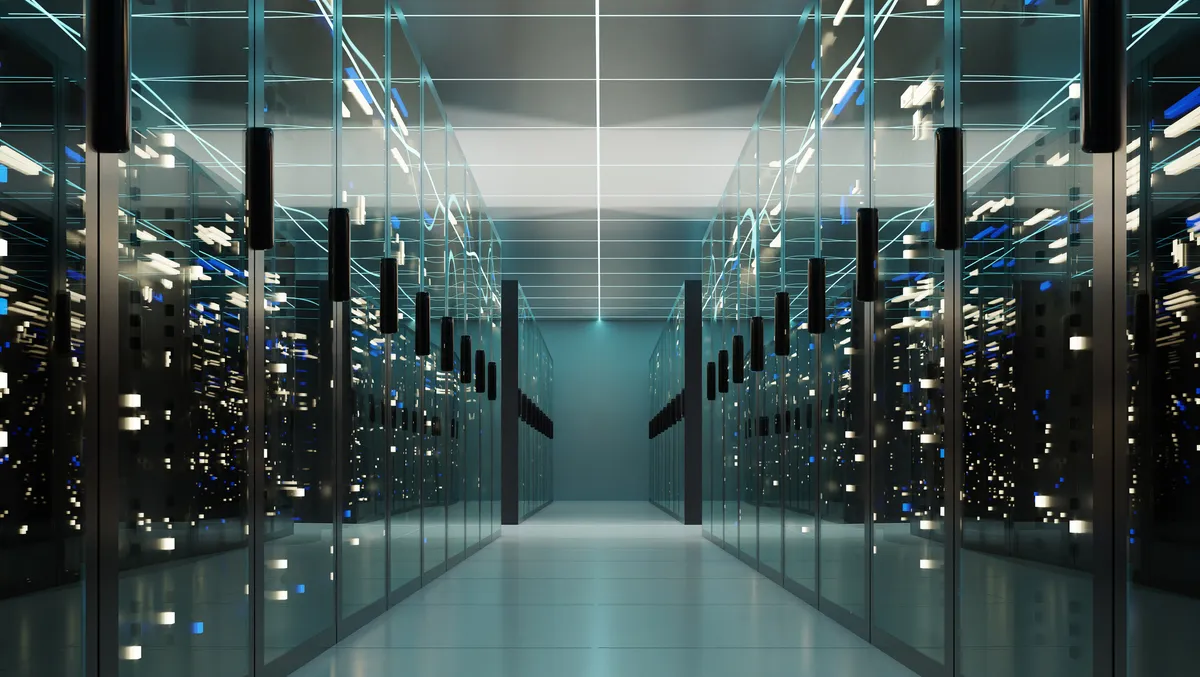
Emergence of advanced tech driving Data Center Liquid Cooling Market
The Data Center Liquid Cooling Market is expected to reach $7.8 billion by 2028, according to new forecasts fro MarketsandMarkets.
The report shows the market is projected to grow from USD2.6 billion in 2023 to USD7.8 billion by 2028, at a CAGR of 24.4% during the forecast period. Major factors driving the growth of the data center liquid cooling market include the increasing need for the emergence of advanced technologies such as AI, blockchain, cooling requirements, and the current data center equipments rising power density.
More potent servers, high-performance computing (HPC) clusters, and graphics processing units (GPUs) that produce much heat are housed in data centers as technology develops.
By component, the services segment is estimated to be the fastest-growing data center liquid cooling segment from 2023 to 2028.
The services segment, by component of the data center liquid cooling market, is projected to be the fastest-growing segment from 2023 to 2028. The system integration services that data center liquid cooling service providers provide involve integrating liquid cooling technologies with the IT infrastructure of the data center.
Assuring the dependability, effectiveness, and performance of the cooling infrastructure inside the data center environment, service segments assist data center operators in implementing and maintaining efficient liquid cooling solutions.
By data center type, the small and mid-sized data center segment is estimated to be the fastest-growing segment of the data center liquid cooling market from 2023 to 2028.
The small and mid-sized data center, by size segment of the data center liquid cooling market, is projected to be the fastest-growing segment from 2023 to 2028. Besides deploying more complex IT hardware, such as high-performance servers, storage systems, and networking devices, small and midsize data centers also increase power density.
The larger heat loads these systems produce may make it difficult for conventional air cooling techniques to keep up. The increasing need for heat dissipation may be effectively managed with liquid cooling, providing top performance and equipment dependability.
By end user, the hyperscale data center segment is estimated to be the fastest-growing segment of the data center liquid cooling market from 2023 to 2028.
The hyperscale data center, by end-user segment of the data center liquid cooling market, is projected to be the fastest-growing segment from 2023 to 2028. In a relatively compact area, hyperscale data centers hold many servers and IT devices. This compact design produces much heat, which must be well dispersed.
Compared to conventional air cooling techniques, liquid cooling has better heat dissipation properties. Liquid cooling systems can more effectively remove heat by directly touching and absorbing heat from heated components, maintaining ideal operating temperatures and averting thermal bottlenecks.
By enterprise, the BFSI segment is estimated to be the fastest-growing data center liquid cooling segment from 2023 to 2028.
The BFSI sector, by enterprise segment of the data center liquid cooling market, is projected to be the fastest-growing segment from 2023 to 2028. The BFSI industry relies on complex financial algorithms and data-intensive apps with much processing power. As a result, high-performance servers, storage systems, and networking hardware are put into use, producing enormous heat loads.
To effectively control the heat dissipation requirements of these computationally intensive activities, ensure optimal performance, and avoid thermal concerns, liquid cooling is becoming increasingly popular.
By type of cooling, the immersion liquid cooling segment is estimated to be the fastest-growing data center liquid cooling segment from 2023 to 2028.
Immersion Liquid Cooling, by type of cooling segment of the data center liquid cooling market, is projected to be the fastest-growing segment from 2023 to 2028. Compared to air cooling techniques, immersion liquid cooling has a higher energy efficiency. Heat may be quickly and effectively transported away from the equipment by instantly submerging the IT components in a dielectric liquid, avoiding the need for energy-intensive air cooling systems and fans.
As a result, data centers experience significant energy savings, decreased power usage, and reduced operational expenses.
Asia Pacific is estimated to be the fastest-growing region in the data center liquid cooling market during the forecast period.
Asia Pacific is projected to be the fastest-growing data center liquid cooling market during the forecast period. Due to reasons including the quick acceptance of cloud computing, the expansion of data-intensive businesses, and the rapid digital transformation, the region is seeing a rise in data center investments.
Due to the development of data center infrastructure, there is a significant need for effective cooling methods, such as liquid cooling technologies. Efficient cooling solutions to improve Power Usage Effectiveness (PUE) are expected to drive the growth of the data center liquid cooling market in Asia Pacific.
Rittal (Germany), Fujitsu (Japan), Vertiv Holdings Co. (US), Green Revolution Cooling Inc. (US), Submer (Spain), Midas Green Technologies (Austin), Schneider Electric (France), LiquidStack (Netherlands), Chilldyne (US), Iceotope Technologies Limited (UK), CoolIT Systems (Canada), Asperitas (Netherlands), DUG Technology (Australia), LiquidCool Solutions, Inc. (US), DCX Liquid Cooling Systems (Poland), and STULZ GMBH (Germany), are the key players in data center liquid cooling market.


